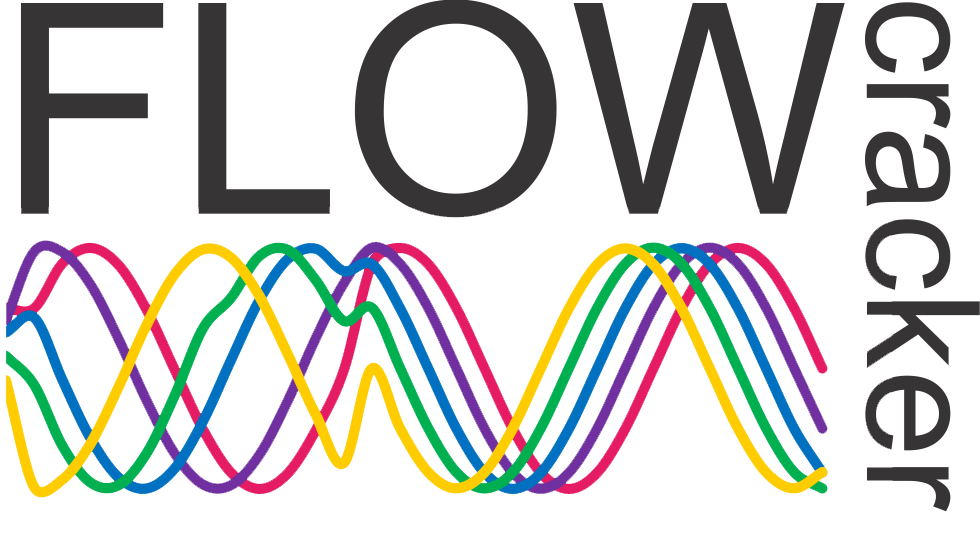

Most Agile transformations stall when learning is limited to individual roles. This article argues for a shift from role-based training to team-based enablement — where the entire team learns together using their real backlog, challenges, and goals.
The Problem With the Way We Train
“We sent them to training… but nothing changed.”
It’s a familiar refrain in many Agile transformations. A new Scrum Master gets trained, returns to the team, and… business as usual continues. Product Owners attend a certification workshop, but their teams still struggle with clarity, flow, and focus. The ceremonies are in place, but the mindset hasn’t shifted. The backlog is still a project plan in disguise.
The issue isn’t the quality of the training itself. It’s the fact that we’re treating training as a transaction, not a transformation.
We’ve mistaken role knowledge for team capability.
And we’ve separated learning from the very system we’re trying to change.
Why Role Training Falls Short
Let’s take a real-world example from a healthcare product team. Their Scrum Master — also a developer and part-time technical lead — attended a well-known certification course. She returned motivated, but was quickly absorbed back into her old responsibilities: leading estimation, assigning tasks, and chasing timelines. Her leaders still saw her as a delivery manager. The backlog was a converted Gantt chart. Stand-ups turned into status reports. Field issues continued to derail the plan.
Despite being trained, she wasn’t truly enabled — nor was her team.
The result? Teams perform Agile rituals without realizing Agile value.
The underlying issues:
- Decontextualized Learning: Most role training uses idealized examples, not the team’s real backlog, dependencies, or delivery constraints.
- Role Siloing: Training roles separately creates disjointed understanding. Scrum Masters, POs, and team members each speak different “Agile dialects.”
- Systemic Inertia: Individuals return to unchanged environments. They may know better — but can’t act differently without team and system alignment.
What Role Enablement Actually Looks Like
Role enablement isn’t about training better individuals. It’s about creating the conditions where roles work together to deliver outcomes. And that requires learning as a team, not alone.
A role is only as effective as the environment it operates in. That’s why the unit of learning — and transformation — must be the team system, not the individual role.
Key principles of enablement:
- Context over content: Use the team’s real backlog, real blockers, and real goals as the foundation of learning.
- Co-learning across roles: Scrum Masters, Product Owners, developers, and testers should learn together. Shared understanding is more powerful than isolated expertise.
- Live interaction, not lecture: Design the experience to include actual planning, retrospectives, and backlog refinement — not just theory.
- Facilitated self-discovery: A coach or facilitator should guide the team in surfacing its own constraints and co-creating solutions.
Case Example: Credit Advisory Agency
(Finance Domain)
At a fast-growing credit advisory agency, multiple teams had completed formal Agile training. But delivery remained erratic, team morale was low, and POs struggled to prioritize effectively.
Instead of sending more people to more courses, leadership opted for whole-team enablement workshops. Each team came in — Scrum Master, Product Owner, engineers — with their real backlog and challenges.
In the workshop, they:
- Rewrote vague stories into outcome-focused slices
- Clarified ownership boundaries between roles
- Created a working Definition of Done, based on actual delivery bottlenecks
- Practiced real refinement and iteration planning using live work
By the end:
- The Product Owner had a functioning, prioritized backlog
- The team understood and committed to real sprint goals
- The Scrum Master had a clearer coaching stance, informed by team needs
The shift wasn’t just cognitive — it was collaborative and practical. It created momentum, alignment, and capability — because it happened in context.
What Changes When We Enable the Team (Not Just Train the Role)
|
Dimension |
Role-Based Training |
Team-Based Enablement |
|
Learning unit |
Individual role |
Entire team system |
|
Content |
Generic scenarios |
Team’s actual backlog, blockers, goals |
|
Learning format |
Lecture/workshop |
Hands-on, facilitated working session |
|
Focus |
Role behavior |
Role interaction and shared delivery |
|
Outcome |
Certified individual |
Aligned, capable team |
|
Sustainability |
Depends on individual willpower |
Anchored in shared practice |
What It Takes to Make the Shift
Shifting to a team-based enablement approach doesn’t require massive reinvention — but it does require intentional design and sponsorship.
✅ Best Practices
- Invite the whole team to learn together — not just the PO or SM.
- Use real work — their current backlog, current tools, and current challenges.
- Anchor the experience in actual Agile ceremonies: live planning, real retrospectives, actionable reviews.
- Facilitate, don’t lecture — create space for sense-making and guided experimentation.
- Support post-training through light-touch coaching, reflection prompts, or weekly huddles.
❌ Pitfalls to Avoid
- Splitting roles into separate workshops
- Relying on hypothetical case studies
- Treating the session as a checklist to complete
- Overlooking the need for psychological safety
- Expecting behavior change without leader reinforcement
Final Thought: Don’t Train Roles. Enable Teams.
Training may inform — but only enablement transforms.
If your Agile learning journey begins and ends with role-specific workshops, you’re likely building fragile knowledge. But when teams learn together, using their own work, in their real context, with time to reflect and adapt — that’s when capability grows.
- A Scrum Master is only effective if the team understands what facilitation means.
- A Product Owner is only successful if the team and stakeholders understand value.
- An Agile team is only real when it learns — as a team.
Agility is a team sport. So is learning.
Beyond training Roles, let’s start enabling teams.
